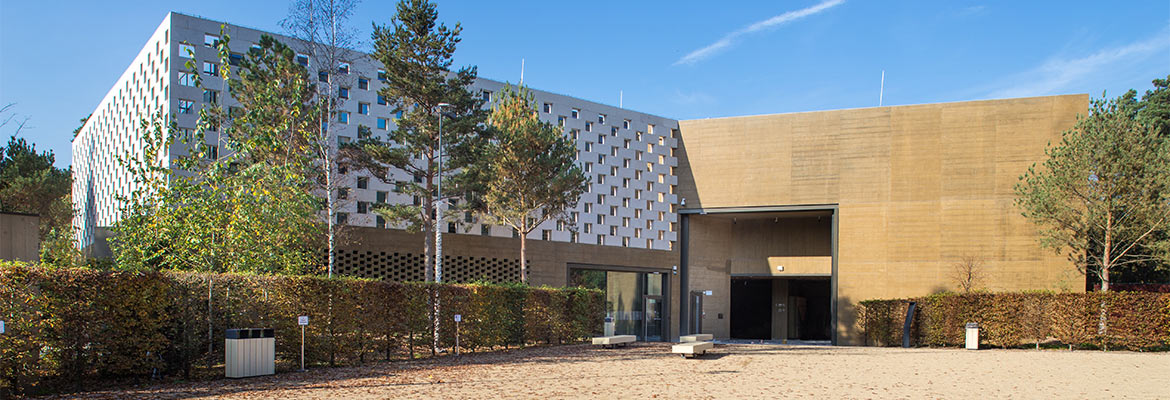Explore the Museum
 The idea of the Józef Piłsudski Museum in Sulejówek is to present the figure of Józef Piłsudski against a broad historical, cultural and social background, and to convey and popularize the values he represented – the idea of fighting for independence and working to build the state.
The idea of the Józef Piłsudski Museum in Sulejówek is to present the figure of Józef Piłsudski against a broad historical, cultural and social background, and to convey and popularize the values he represented – the idea of fighting for independence and working to build the state.
The statutory goal of the museum should be achieved through contact and dialogue with the audience, respecting their diverse personalities and sometimes separate points of view
– Jadwiga Piłsudska-Jaraczewska
The Museum brings closer, restores and promotes the memory of the Marshal’s life, achievements and heritage through scientific, exhibition and publishing activities, as well as educational and social programs. It is a space where history and tradition inspire discussion of issues important and relevant to Poles. The museum collects relics and objects related to Józef Piłsudski, as well as the era in which he lived and worked. The collection covers the period from the January Uprising to the end of Piłsudski’s life, as well as testimonies to the memory of the Marshal, up to the present day.
The Museum is located in a forest park of 4 hectares. Three historic buildings and one modern one form a museum complex, the heart of which beats in the “Milusin” manor house, and the source of knowledge is located in the permanent exhibition in the new building.
The permanent exhibition “For the Polish Commonwealth. Józef Piłsudski 1867 – 1935”
The permanent exhibition is a chronological story about Józef Piłsudski and the era in which he lived. It consists of five galleries dedicated to successive periods of his life and activities: Ziuk, Wiktor, Commandant, Chief, Marshal. The sixth gallery, Symbol, presents the broad and multifaceted legacy of Józef Piłsudski.
The exhibition has an area of 2,100 sqm and is located in an underground hall. It was built on two levels connected by a central space. The sightseeing path begins at level -3 and ends at level -2. The central part of the exhibition has been separated by globally-unique large-format screens. Various exhibits play a primary role in the exhibition, whose message is supplemented by infographics, reproductions, quotes, light, sound and multimedia presentations.
The “Milusin” manor house and historical garden
The Piłsudski family moved into “Milusin” in 1923. The house was designed by well-known architect Kazimierz Skórewicz in a style popular at the time, referring to the architecture of Polish manor houses. When the Marshal resigned from state functions, the house in Sulejówek became his place of rest after thirty years of intense activity and work on building an independent Poland.
The historical garden surrounding the manor house is a place highlighting the nature close to Piłsudski. A walk through the “Milusin forest” with a recreated vegetable garden, orchard and apiary, allows the visitors to get to know the charms of the former summer resort that Sulejówek used to be.
The “Bzów” Villa
The “Bzów” Villa was built in the 1920s. In the fall of 1932, the Kamiński family, the previous owners, sold the house to the Officers’ Rest House Foundation to commemorate the Decade of Independence of the Republic of Poland. Perhaps it was the presence of officers resting in the “Bzów” villa that contributed to the fact that the building came to be commonly called an adjutant’s office in Sulejówek. After World War II, a health clinic was established here. It was an important place on the map of Sulejówek.
The Józef Piłsudski Museum in numbers
- 2100 m2 of permanent exhibition space presented on 2 levels
- cultural park with an area of 4ha
- permanent exhibition hall 11 m underground
- 3 historic buildings
- 400 kg weight of a single block of the openwork façade of the new building
- 5,600 m3 of architectural concrete
- 1,800 m2 of auxiliary floor space of the new building
- 5,800 m2 of service area of the new building




